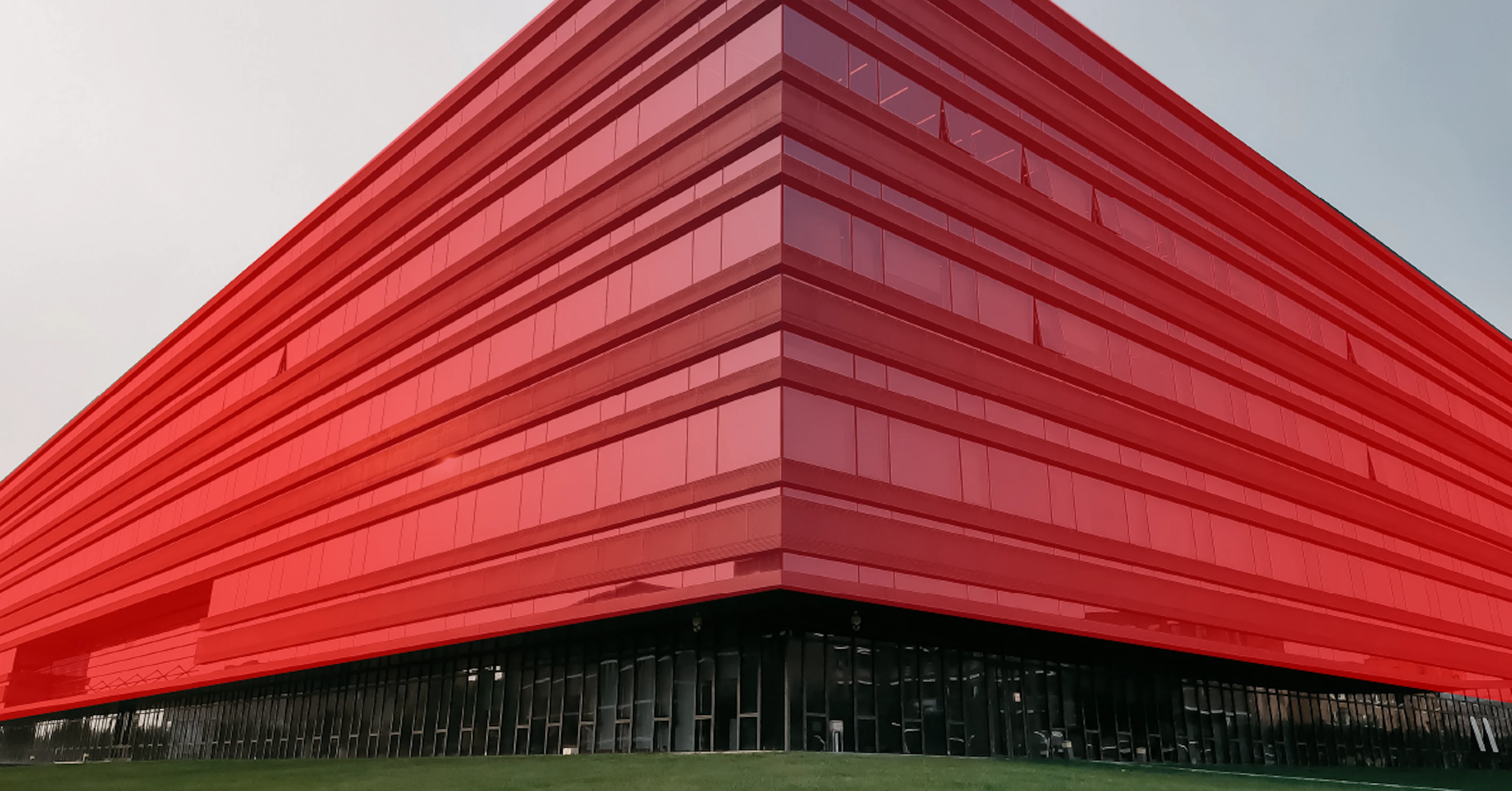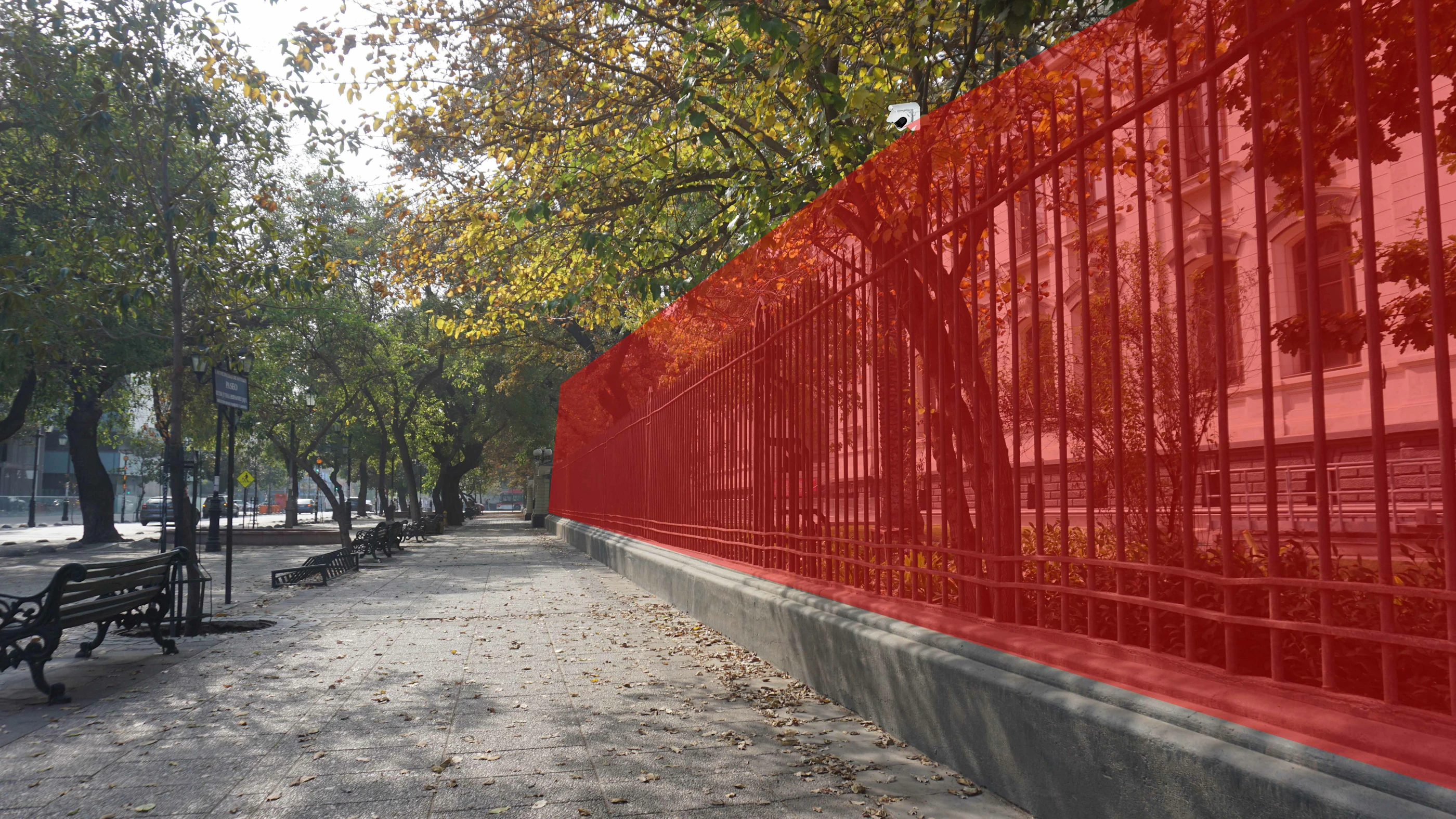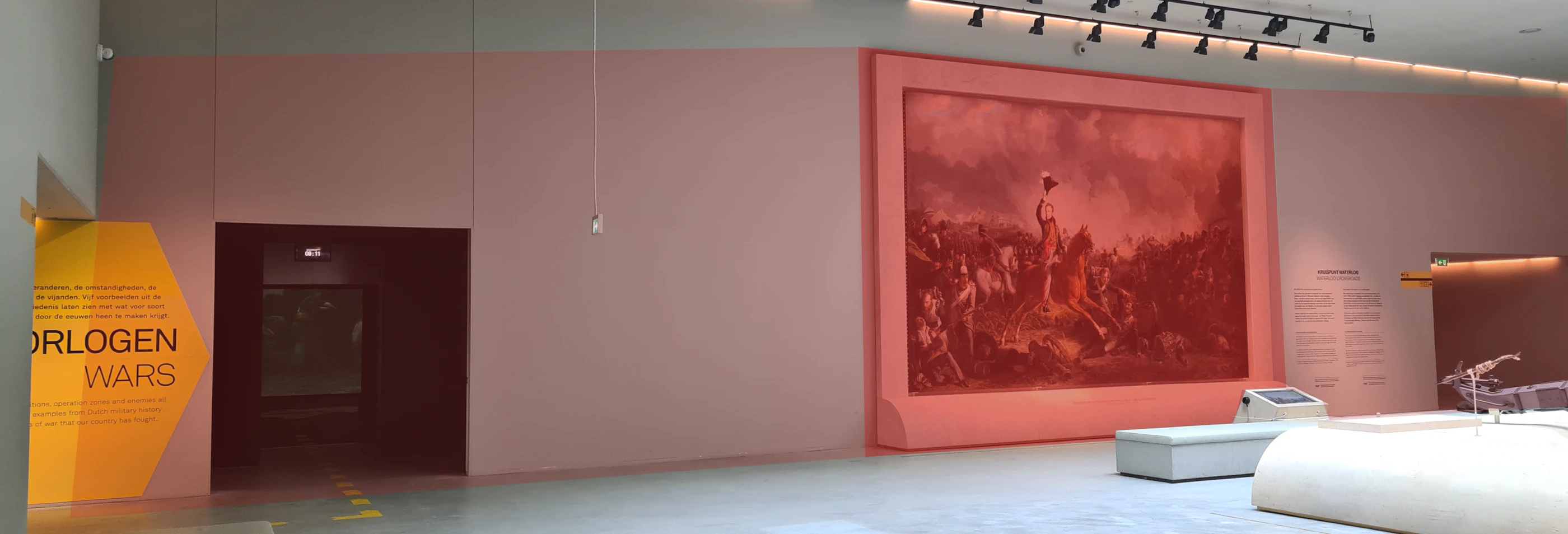
2D LiDAR: A matter of space
In the rapidly evolving landscape of sensor technology, 2D LiDAR is emerging as a crucial player, offering innovative solutions to the spatial challenges encountered in surveillance and security systems. As the demand for comprehensive monitoring and accurate detection continues to grow, the ability to navigate through tight and constrained spaces becomes paramount.
Challenges in building protection
Another critical aspect where space plays a crucial role is in building protection. Accurately defining the coverage area of sensors is essential to ensure comprehensive surveillance without triggering false alarms. However, in scenarios where space is limited, such as around building perimeters or within confined indoor spaces, achieving precise calibration becomes a real challenge. To effectively protect the perimeter line even in challenging narrow spaces, REDSCAN sensors can be mounted on a pole by the perimeter line and generate a vertical or angled laser wall which can detect any attempts of crossing through.
Our 2D LiDAR sensors can also be installed parallel to building facades taking almost no space (just 70cm) from the street or public areas, which can be further improved by detecting only access points. Thanks to the sensors powerful zoning option, it’s possible to customise the entire area of detection. To ensure there are no vulnerable gaps and provide an early alert of any intrusion, LiDAR sensors allow to set long exposition time on walls, and faster exposition time on access points. The classification criteria can be configured for each zone depending, for instance, on target size, distance from the ground, and time of exposure to the laser, and it is therefore easy to ignore moving vegetation and wildlife, which could be a major cause of false alarms for other technologies.

The urban conundrum
Urban environments present a unique set of challenges for surveillance systems. With bustling streets, crowded sidewalks, and constant activity, accurately adjusting sensors to distinguish between normal and suspicious behaviour becomes increasingly complex. The spatial constraints inherent in urban landscapes make it difficult for many technologies to maintain reliable detection capabilities without being overwhelmed by the sheer volume of data. In such dynamic environments, the need for space-efficient solutions is more pressing than ever. The REDSCAN series can be installed parallel to the perimeter line even pointing to the outside without being affected by internal or external traffic.

Tight detection around assets
Another key strength of 2D LiDAR is its ability to protect artwork and other highly valuable assets in a very discrete yet reliable way by creating virtual walls which don’t disrupt business operations or affect the experience (we could add the image of the Military Dutch museum as reference)
2D LiDAR can set up a tight perimeter around an asset so visitors can still view and enjoy the asset, but ensure it is protected from theft or vandalism. Likewise, tight protection might be needed around cashier desks, data racks, wine cellars, and other equipment or spaces that would be attractive to intruders.

Unlike other technologies, which require significant space for operation and calibration, 2D LiDAR systems excel in confined environments. With their ability to navigate through tight spaces while maintaining optimal functionality, these sensors offer a solution to the spatial constraints encountered in surveillance and security applications.
This technology offers several advantages in space-constrained environments:
- Minimal Space Requirements: 2D LiDAR systems require less than 70cm of space to operate effectively, making them ideal for narrow or confined areas.
- Flexible Installation: These sensors can be installed parallel to building facades or perimeter lines, utilizing minimal space without impeding pedestrian or vehicular traffic.
- Precise Calibration: By adjusting exposure times, LiDAR sensors can differentiate between normal activity and potential threats, enhancing accuracy in detection.
- Swift Response: With a response time of just 100ms, LiDAR sensors can swiftly detect intruders moving between occlusions, minimizing the risk of breaches.
Conclusion
In the quest for effective surveillance and security, space is a critical consideration that cannot be overlooked. From narrowed areas to urban landscapes, the ability to navigate through constrained spaces is essential for ensuring comprehensive coverage and accurate detection. 2D LiDAR technology offers a promising solution to the spatial challenges encountered in surveillance and security systems, empowering organizations to protect their assets effectively in diverse environments. As the demand for space-efficient solutions continues to rise, the versatility and effectiveness of 2D LiDAR position it as a cornerstone of modern sensor technology.

